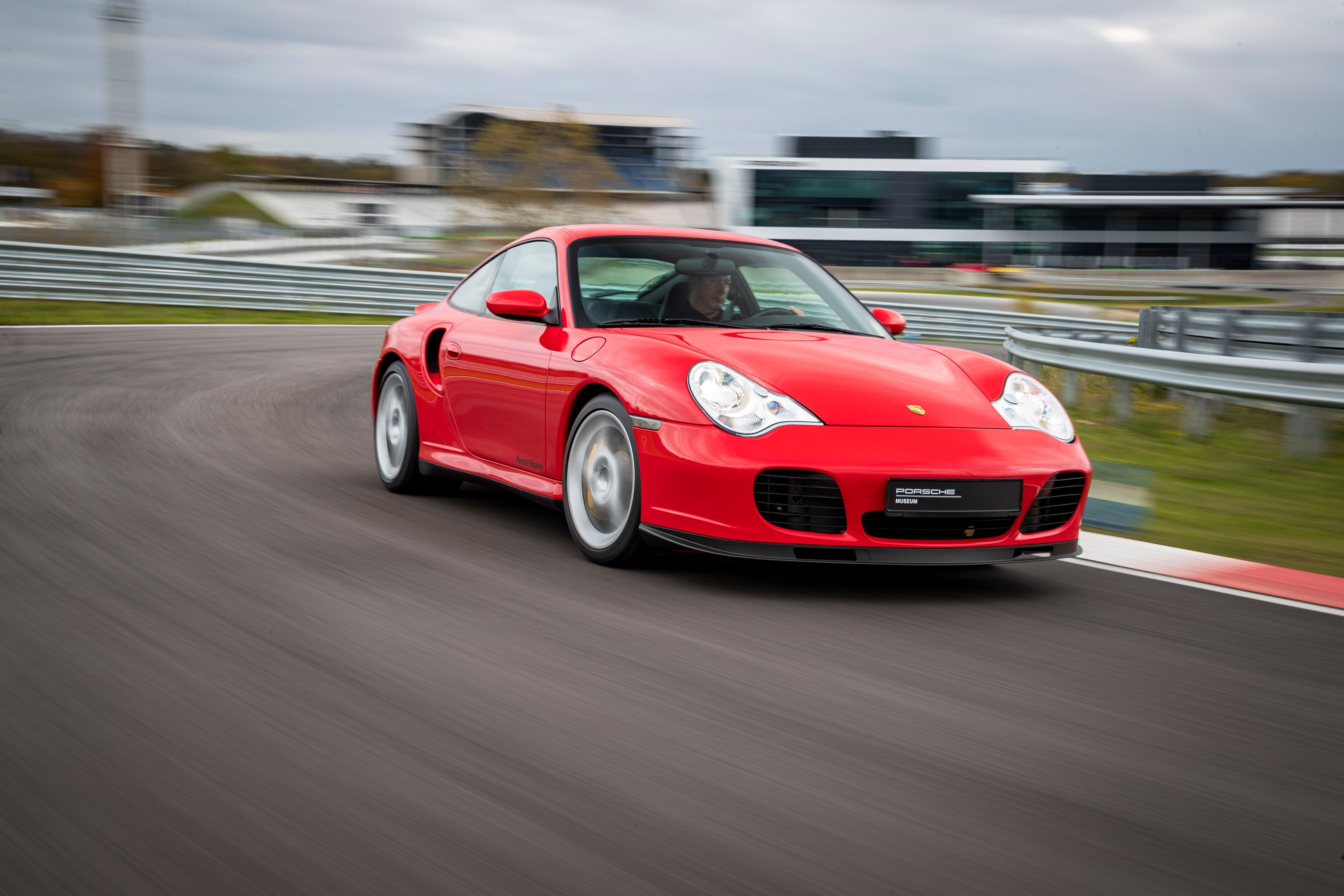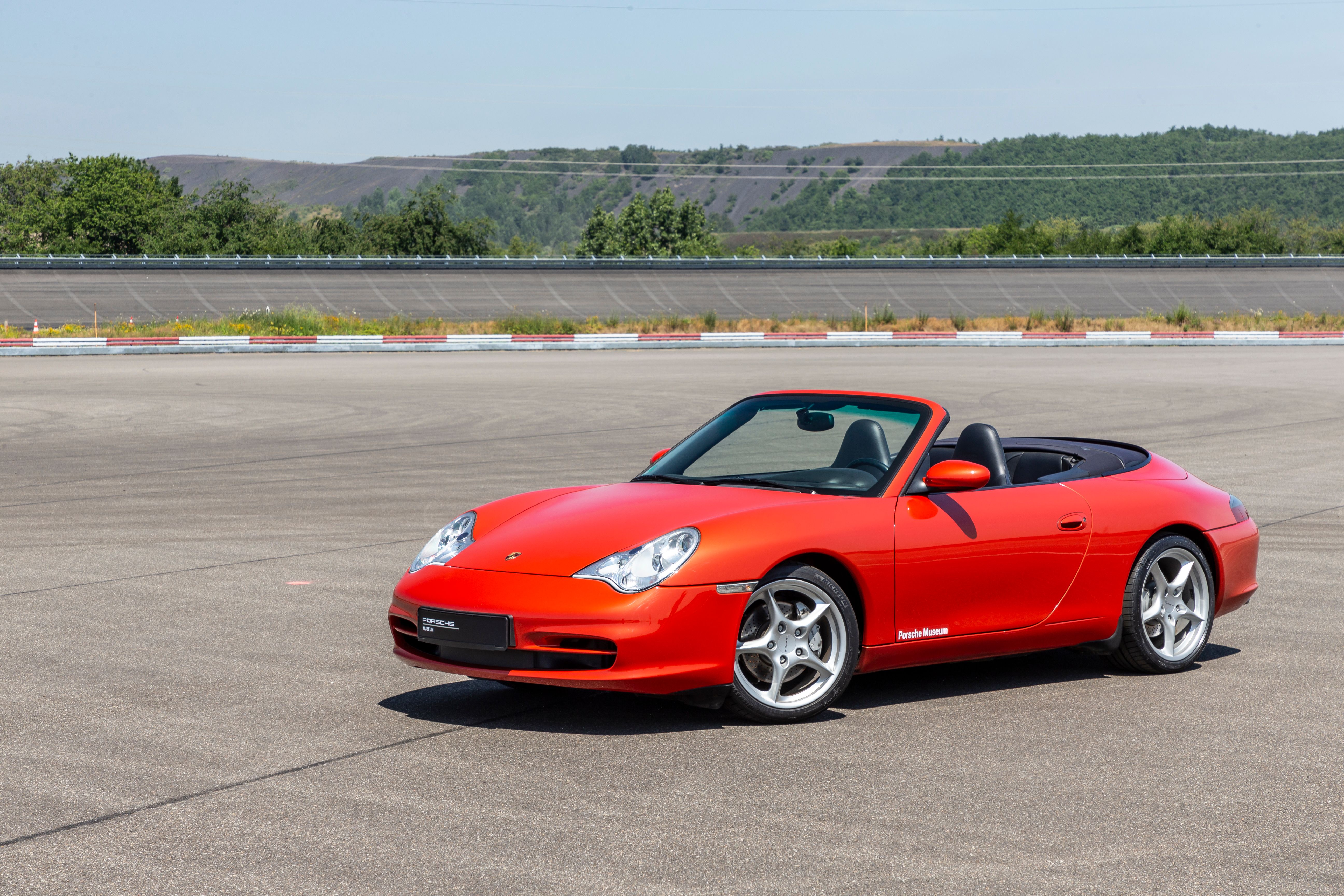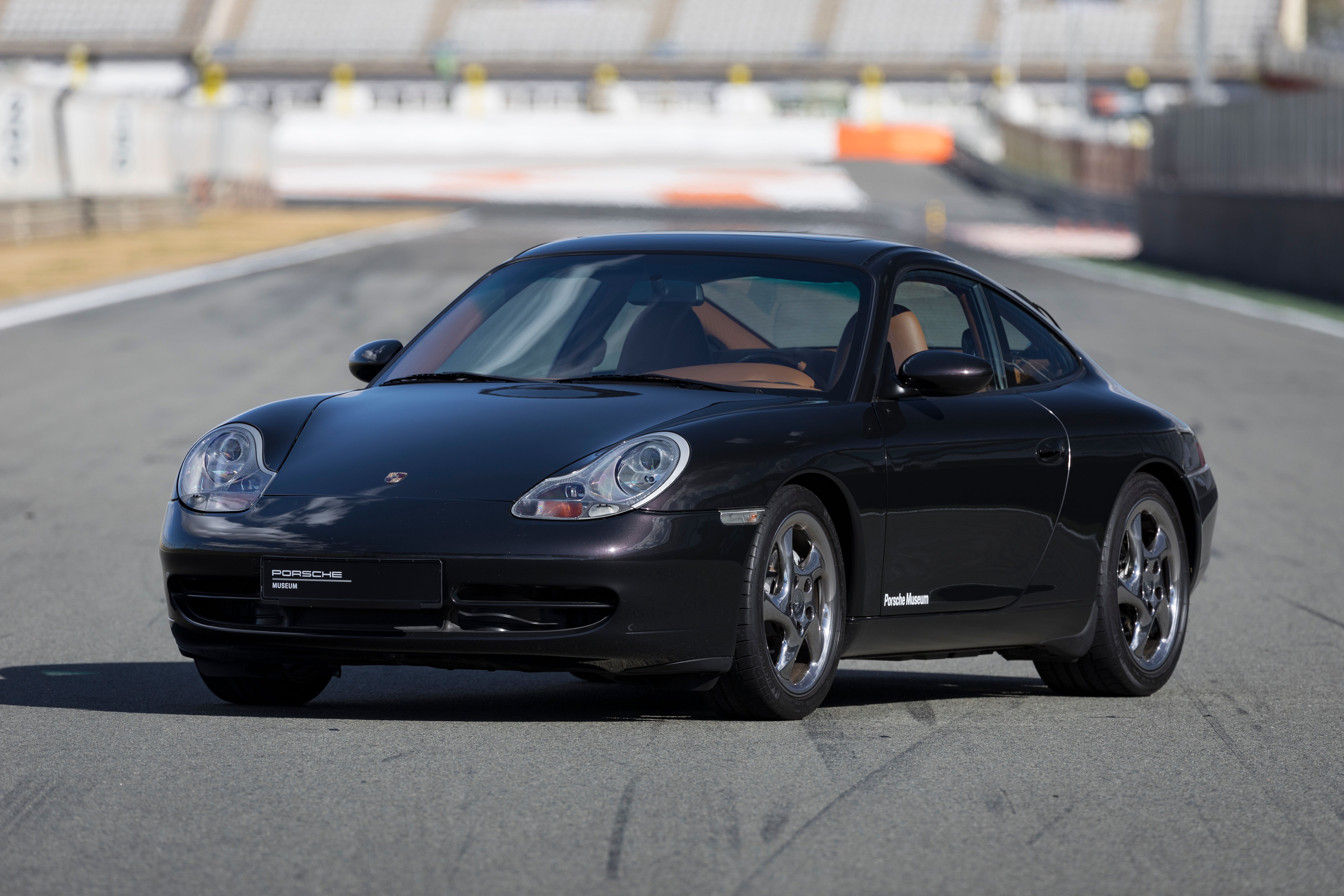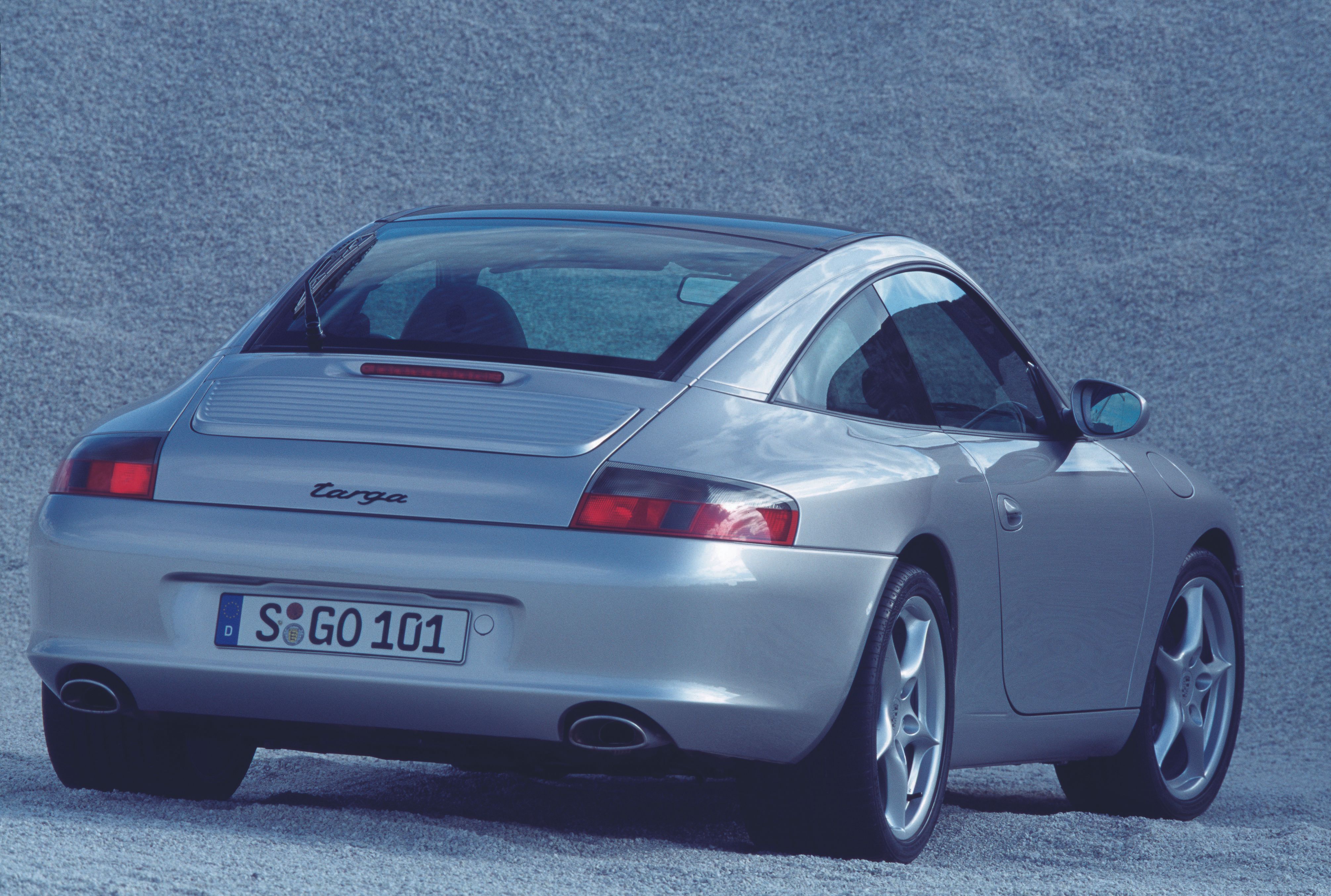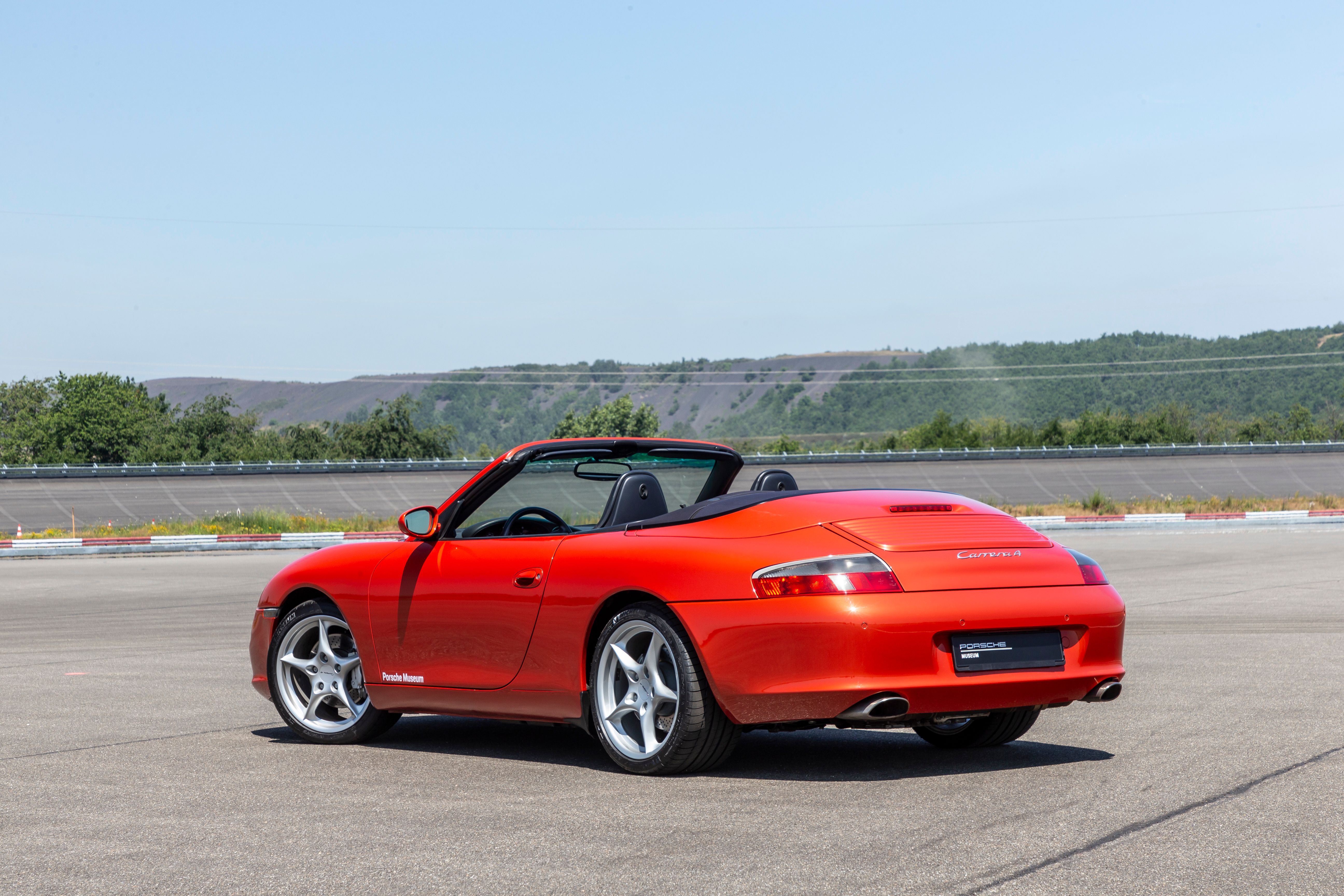The Porsche 911 is a car that doesn’t need an introduction. Since 1964, the rear-engine sports car from Stuttgart has set the benchmark for performance cars around the globe. That said, every family has a black sheep, and sadly, the 996 generation of the Porsche 911 has been branded as one. According to many, it was a deviation from Porsche’s traditional way of doing things, but we are here to tell you that the 996 was, in fact, superior to all its predecessors when it came out - here’s why.
The Porsche 996 Broke the "Evolution Not Revolution" Rule
There are, indeed, a lot of interesting facts about the 1997-2004 Porsche 911, but we are going to focus on what the car brought in terms of innovations, as this is one of the main reasons for its controversy. By 1997, the Porsche 911 had already been through four generations. However, they were all based on the same platform. Porsche’s philosophy for the 911 was “Evolution, not revolution”, which is why they kept modifying the same platform they were using since the 1960s.
The 996 Was the First Entirely New Porsche
Some of the more hardcore 911 fans gave the 996 a hard time because it was so different than all others before it. It was developed from the ground up, but at the same time, that was seen as a deviation from the 911 tradition.
It Was More Modern Looking
I wasn’t going to mention the headlights, but since it’s one of the main “highlights” of the 996, here goes. The matter of aesthetics has always been a subjective one, but the truth is, earlier 996 models were considered ugly. Moreover, instead of the traditional round headlights, which everyone had gotten used to, the 996 had what people called “The fried eggs”.
Not only that, they were shared with the 987 Boxter, which was the entry-level Porsche sports car at the time and 911 owners frowned upon the fact their 911 had the headlights of a more affordable model. In 2001, the 911 Turbo came, and every other 996 version adopted its headlights.
An Entirely New Interior
All Porsche 911 generations before the 996 shared not only the platform, but also the interior layout. If you look at interior images from all 911 generations before the 996, you will find that they are strikingly similar. Of course, just like the platform, it evolved over the years and people got used to it.
One of the other changes the 996 brought was the entirely new interior. As it turned out, that was both good and bad. On one hand, the 996 interior was by far the most modern interior of any other 911 at the time. Some 911 enthusiasts will be quick to point out that the interior hasn’t aged that well and they would be right. Then again, the same goes for almost any other interior from that period, so is it really a surprise?
Granted, the interior did feature rather cheap plastics throughout, and the leather on the seats wasn’t exactly the best quality, resulting in premature wear. In addition, some of the later pre-facelift 996 were not as well put together as the initial 996 batch or the facelifted models due to Porsche searching for more cost-efficient ways to manufacture the 911. Luckily, they gave up the practice once the 996 was facelifted.
The First Water-Cooled 911
One of the reasons why die-hard 911 fans love the 993 is because it’s the last air-cooled 911. The major change that the 996 brought was the addition of water cooling. Among other things, this meant that the 996 could produce more power from smaller displacement.
Later models upgraded to a 3.6-liter version of the flat-six, with 316 to 376 horsepower (235 to 280 kilowatts) and 270 to 284 pound-feet (370 to 385 Nm) for the normally-aspirated versions. The same non-turbocharged engines are known to suffer from a couple of problems, the main ones being the intermediate shaft (IMS) bearing, which could cause catastrophic failure and bore scoring. The rear main seal is also prone to leaking, but reports indicate that this is due to the crankshaft design. Luckily there is a “permanent RMS upgrade” available that fixes the issue.
GT3, GT3 RS, GT2, and Turbo models have different engine design and the IMS issue is not present there. The Turbo and GT2 versions are also twin-turbocharged, which brings power to 416 to 476 horsepower (309 to 355 kilowatts) and 410 to 470 pound-feet (560 to 640 Nm). In GT2 form, the 996 is capable of 198 mph (318 km/h) and a 0 to 60 mph (97 km/h) time of 3.6 seconds.
Still a bargain
The 996 is currently at that price point where it’s the most affordable way to grab a Porsche 911. Every generation before and after the 996 is a lot more expensive, although the 997 prices are also declining. That said, a good 996 can be had for around $20,000 – 30,000, depending on the spec and mileage. If you want a Turbo, be prepared to pay around double that, while the GT3 and GT2 versions are even more expensive, as is the case with any other 911 generation.

